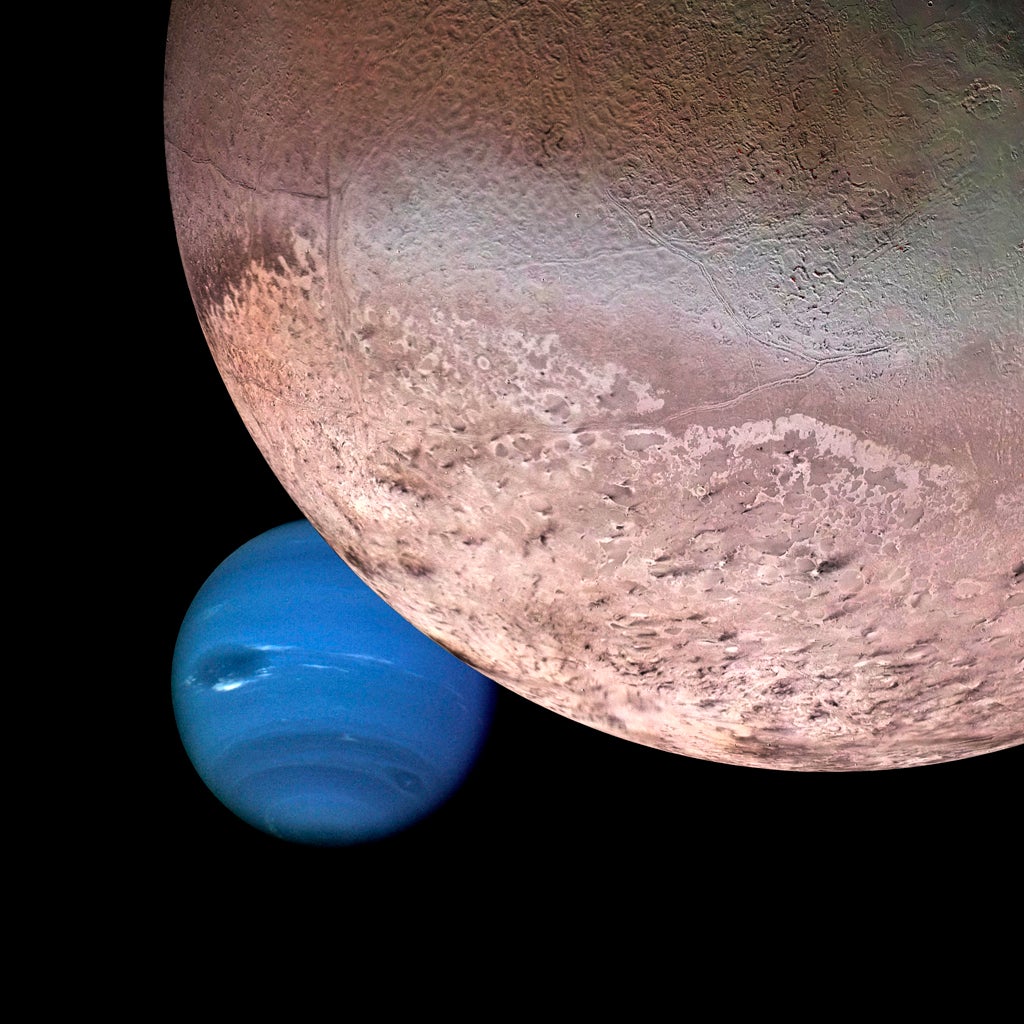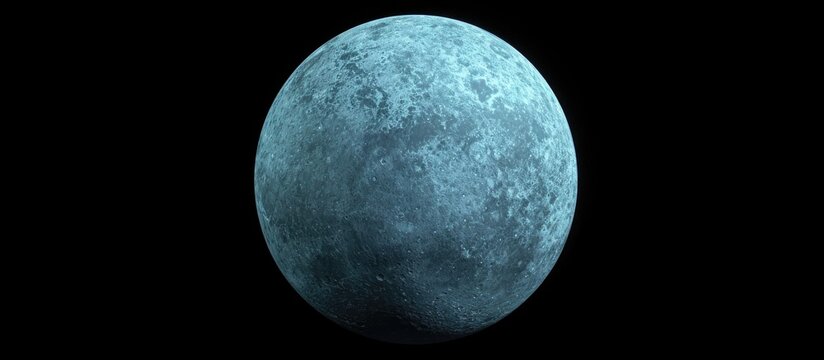Enceladus: Saturn's Shining Icy Moon
Enceladus, Saturn’s icy moon, captivates with its reflective surface, hidden ocean, and powerful geysers that shoot water into space—hinting at the possibility of life beyond Earth.
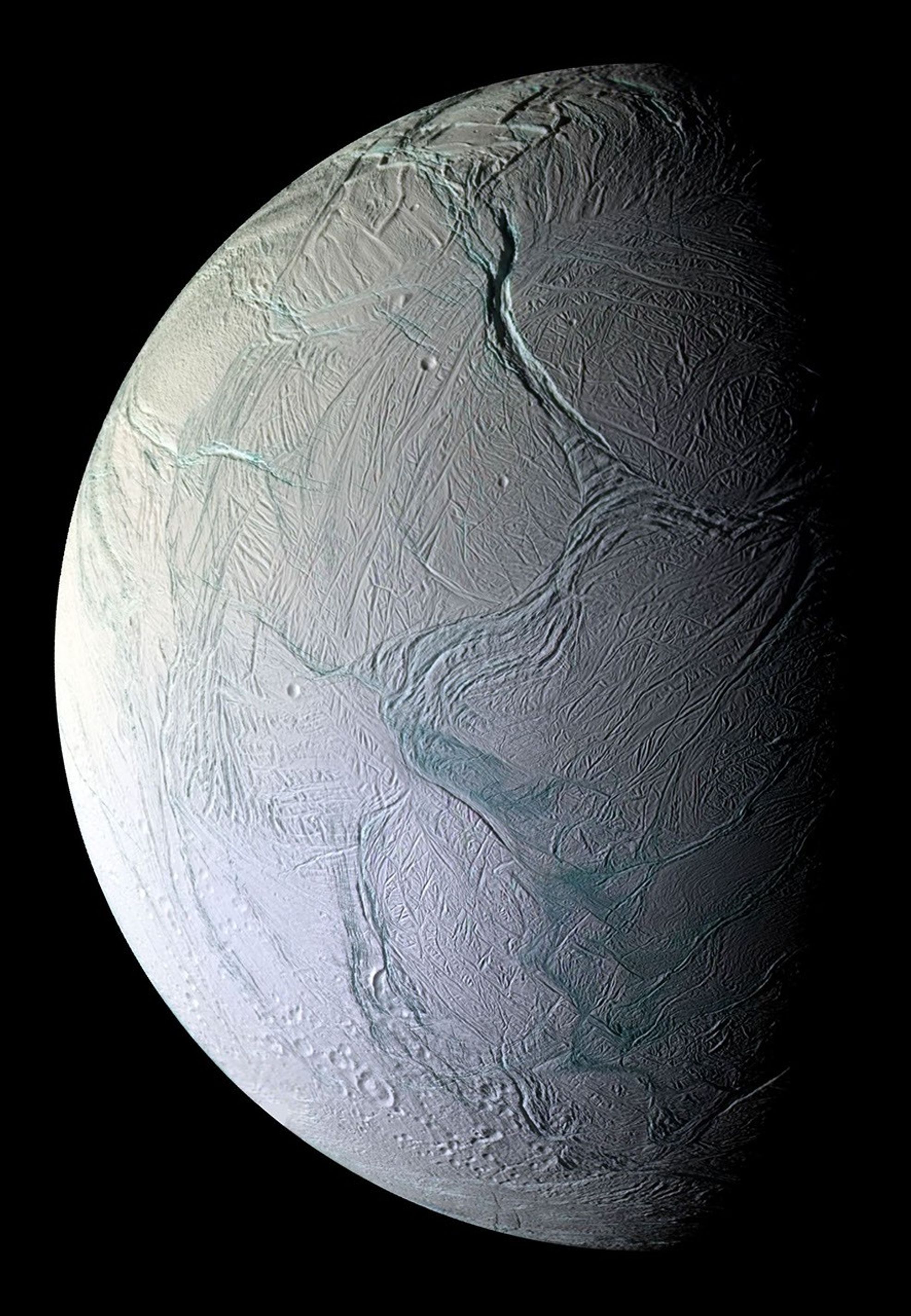
Enceladus—one of Saturn's many moons, is a captivating celestial body that has intrigued scientists and space enthusiasts alike. Discovered in 1789 by astronomer William Herschel, this small moon has revealed a wealth of unique features and characteristics that make it a focal point in the study of our solar system.
Size and Shape
Measuring approximately 504 kilometers (313 miles) in diameter, Enceladus is about one-seventh the size of Earth's moon. Its nearly spherical shape is slightly flattened at the poles due to its rotation, a common trait among celestial bodies. Despite its modest size, Enceladus ranks as the sixth-largest moon orbiting Saturn.
Reflective Surface
Enceladus boasts an exceptionally bright surface, reflecting nearly all the sunlight that strikes it. This high reflectivity, or albedo, is due to its icy exterior, making it one of the most reflective objects in our solar system. The surface temperature hovers around -201 degrees Celsius (-330 degrees Fahrenheit), contributing to its frozen landscape.
Geological Features
The moon's surface is a mosaic of terrains, including vast plains, mountain ranges, and intricate fissures. Notably, the south polar region is characterized by "tiger stripes," which are linear fractures that emit plumes of water vapor and ice particles. These features suggest ongoing geological activity beneath the icy crust.
Subsurface Ocean
Beneath its frozen exterior, Enceladus harbors a global subsurface ocean of liquid water. This hidden ocean is sandwiched between the icy crust and a rocky core, maintained in a liquid state by tidal heating resulting from gravitational interactions with Saturn. The presence of this ocean positions Enceladus as a prime candidate in the search for extraterrestrial life.
Cryovolcanism
Enceladus exhibits cryovolcanic activity, where water and other volatiles are expelled through surface fractures, creating geysers that spew into space. These plumes contribute material to Saturn's E ring and offer a direct window into the moon's subsurface environment. The detection of organic compounds within these plumes has further heightened interest in Enceladus's potential habitability.
Atmosphere
Although tenuous, Enceladus possesses a thin atmosphere primarily composed of water vapor, with traces of nitrogen, carbon dioxide, and methane. This atmosphere is continually replenished by the geysers erupting from the south polar region, indicating a dynamic and active system.
Exploration Missions
The Cassini spacecraft, which orbited Saturn from 2004 to 2017, conducted multiple flybys of Enceladus, providing invaluable data about its geology, plumes, and subsurface ocean. These observations have laid the groundwork for future missions aimed at exploring this intriguing moon in greater detail.
Conclusion
Enceladus stands out as a small yet remarkably active moon with a bright icy surface, dynamic geology, and a hidden ocean beneath its crust. Its unique characteristics not only enhance our understanding of icy moons but also fuel the quest to discover life beyond Earth.
What's Your Reaction?







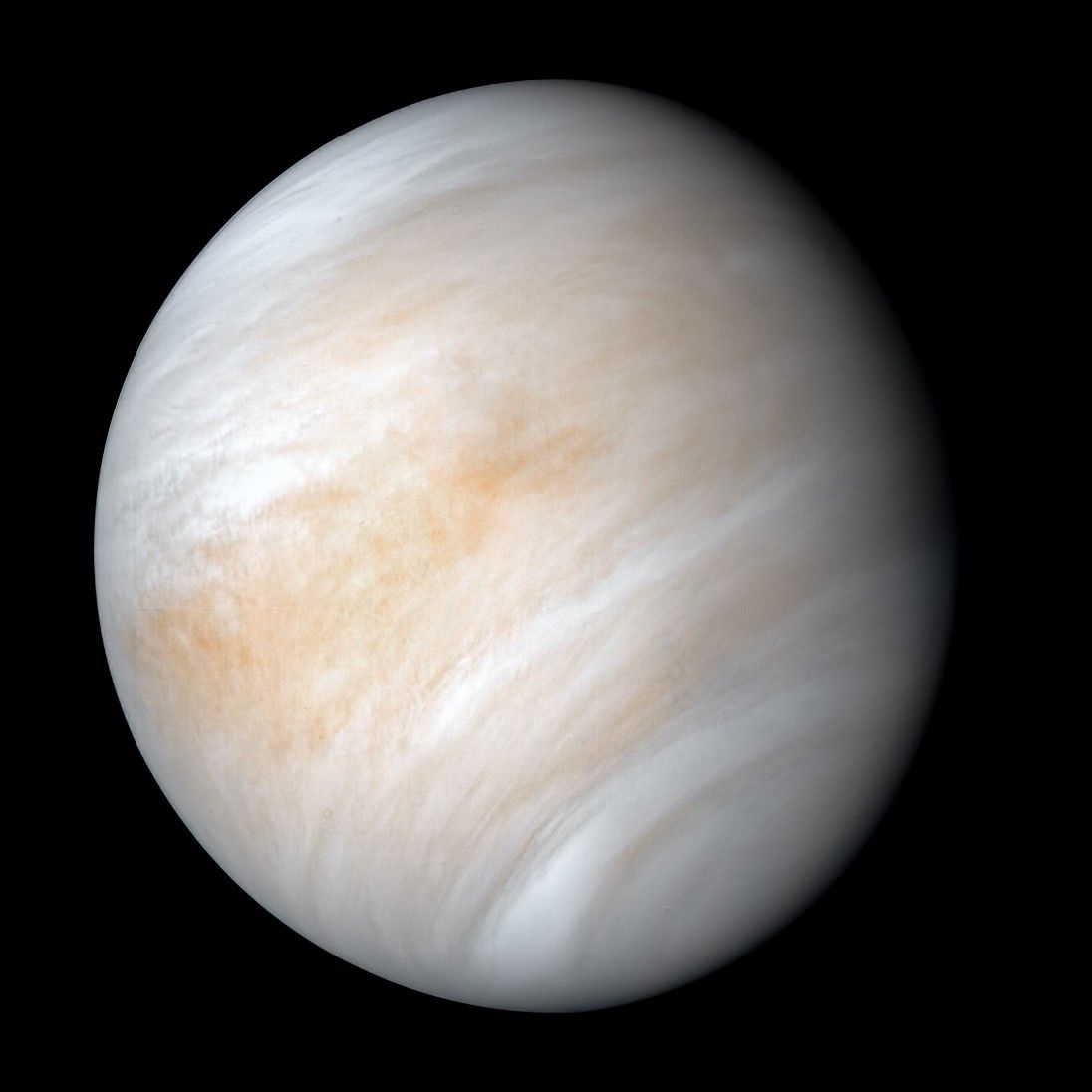




/https://tf-cmsv2-smithsonianmag-media.s3.amazonaws.com/filer_public/54/66/546650fa-26a4-40fd-8d6d-5a7a04540f81/rosetta2.png)
:max_bytes(150000):strip_icc():focal(999x0:1001x2)/robert-prevost-050825-1-39395418ab494da5a3a700c9478e66c8.jpg)


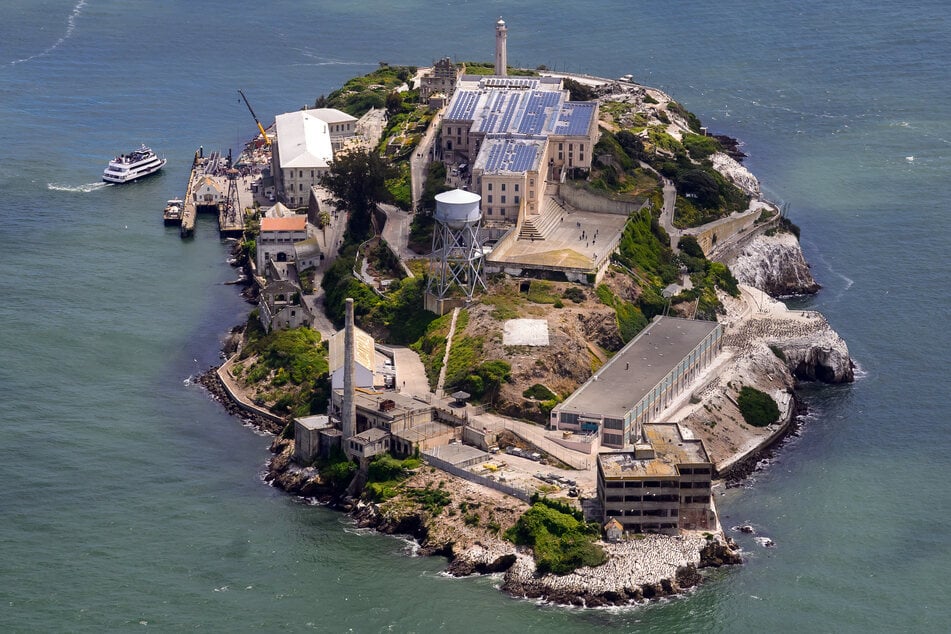























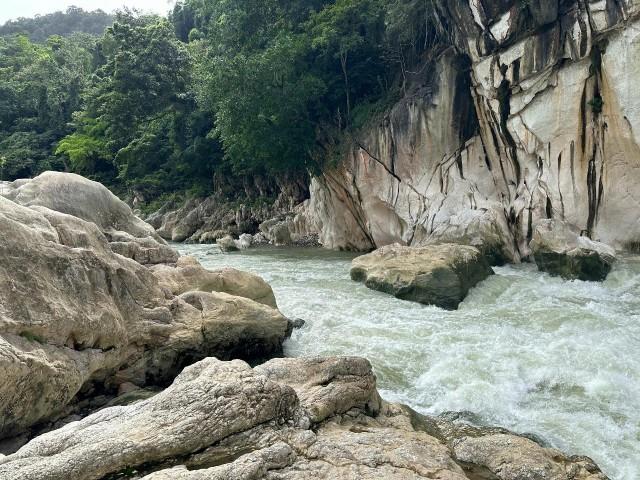




















format(webp))
format(webp))























